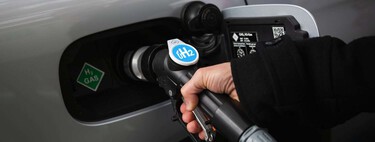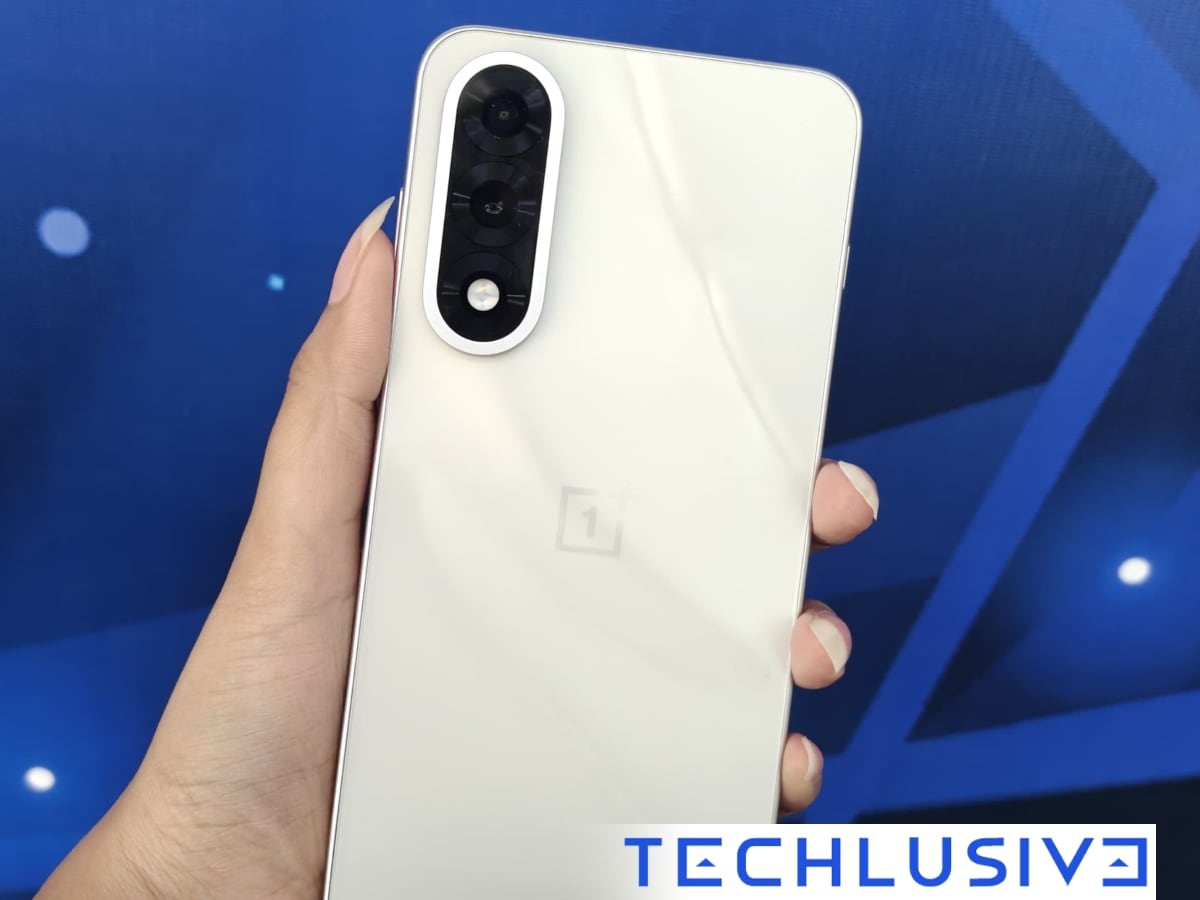Time passes and the hydrogen car continues to be the great promise of clean mobility. The problem is that, little by little, time passes and hydrogen seems to be at the same point: challenges that seem impossible to solve and the eternal promise of revolutionizing transportation. Along the way, a good handful of companies said they were joining the hydrogen wave.
Toyota has been one of those that has bet the most but, in the midst of a decline, it has been Hyundai that takes a new step.
Reconversion. Hyundai has confirmed that it has already laid the foundation stone for its new fuel cell and electrolyzer production plant in Ulsan (South Korea). The company has invested 930 billion won. That is, 563.8 million euros to convert the space and give it a new industrial use.
According to the company, starting in 2027 they will be able to manufacture 30,000 fuel cell units per year in a space that extends across 43,000 m2. The intention is to produce systems for hydrogen-powered passenger cars but also for heavy transport services.
a bet. Hyundai’s commitment to hydrogen is not new. The company has the Nexo on the market, one of the few hydrogen cars that can be purchased and which has no competition since the Toyota Mirai, the other great hydrogen car, is a sedan with a totally different approach.
At the end of last year, Hyundai also presented Initium, the preview of what should be a new hydrogen car that would arrive in 2025. However, the company has not launched the new model on the market. The Nexo was not the first car powered by a Hyundai fuel cell but it was, for now, the last despite the fact that in 2021 they announced that we would have the entire range on the road with hydrogen versions in 2028.

The promise. For years, hydrogen has been proposed as the great alternative to the electric car. Although, really, it is an electric car. In its operation, a fuel cell car is a vehicle that carries out the electrolysis process inside to generate electricity that is stored in the batteries.
In this process, the car does not generate CO2 and only expels water vapor through the exhaust pipe. The great advantage is that its carbon emissions are non-existent while it recharges the tanks in a few minutes to travel hundreds and hundreds of kilometers.
The problems. There are many and they are difficult to remedy. When it comes to bringing hydrogen to a street car, the technical difficulties are enormous. First, because hydrogen occupies a large volume for the energy it can later generate. That’s why the Toyota Mirai is, almost everything, huge tanks.
The latter is solved by turning the hydrogen into a liquid state but requires keeping it at -30ºC. It is a solution that has been designed to be used as fuel in a combustion engine and to remember the sensations of a combustion engine, but it generates very polluting particles such as NOx.
That is, hydrogen requires huge tanks or a good amount of energy to keep it at a very low temperature. When this is achieved, it requires a complex system to carry out electrolysis or burn it in the engine itself (which generates very polluting particles). And all this without taking into account the complexity of producing it and transporting it to the service station on duty.
Non-viable. What happens at this point? That hydrogen is, at the moment, very expensive. As expensive as in Germany the cost of filling the tank was as expensive as filling it with diesel. It does not seem so strange that service stations are being dismantled in Germany and that although Stellantis offered to convert electric vans to hydrogen to gain autonomy, it has ended up abandoning its plans.
At the moment, along the way BMW also says it is developing hydrogen cars. Renault says to do the same. And Toyota continues to investigate burning hydrogen in combustion engines while turning its back on its Toyota Mirai in the United States where it faces a class-action lawsuit from owners who feel cheated.

a light. In addition to light transportation, Hyundai says it wants to focus fuel cell production on heavy transportation. The company has its hopes that this type of transportation can find a true use for hydrogen.
Heavy transport can find some advantages over electric transport. To charge an electric truck in a short time, huge infrastructures are needed with chargers as fast and powerful as BYD’s. If hydrogen poles are created in dry ports or large distribution centers, it could make sense with less dispersed and therefore less costly distribution.
Also the cost of filling the truck with huge tanks is lower because in percentage terms it would not eat up as much space as in a car. And, at the same time, recharging would be faster for less clean transportation than purely electric but much cleaner than current diesel engines.
Photo | Hydrogen
In WorldOfSoftware | Renault is clear that the electric car is not the only way. Your proposal for the future: a hydrogen plug-in hybrid












